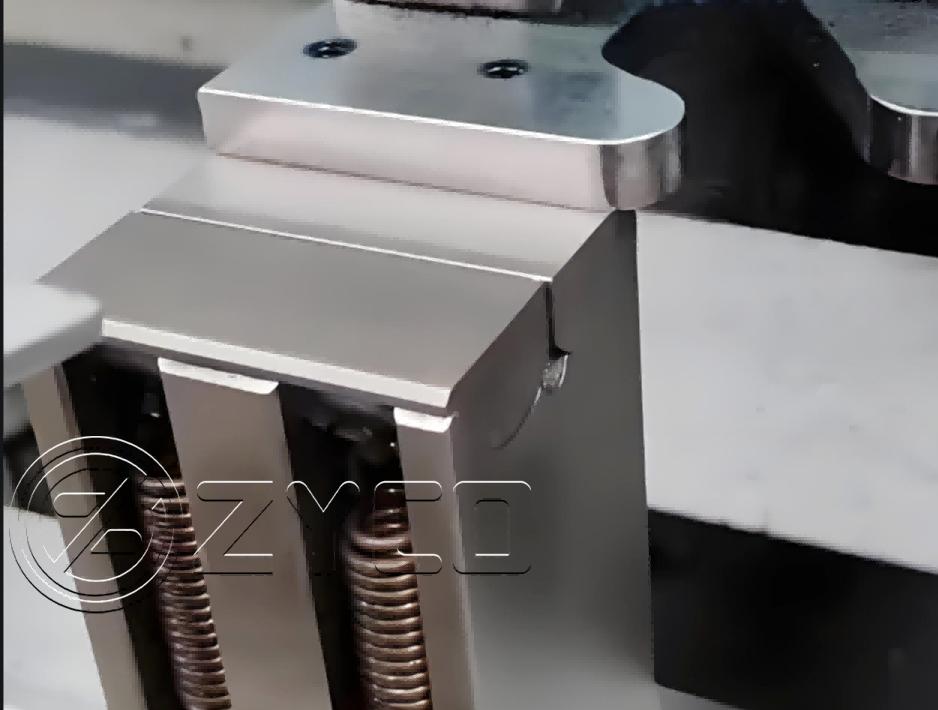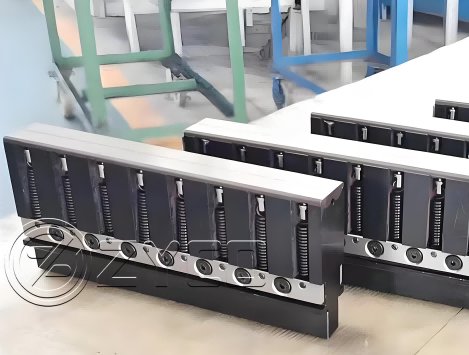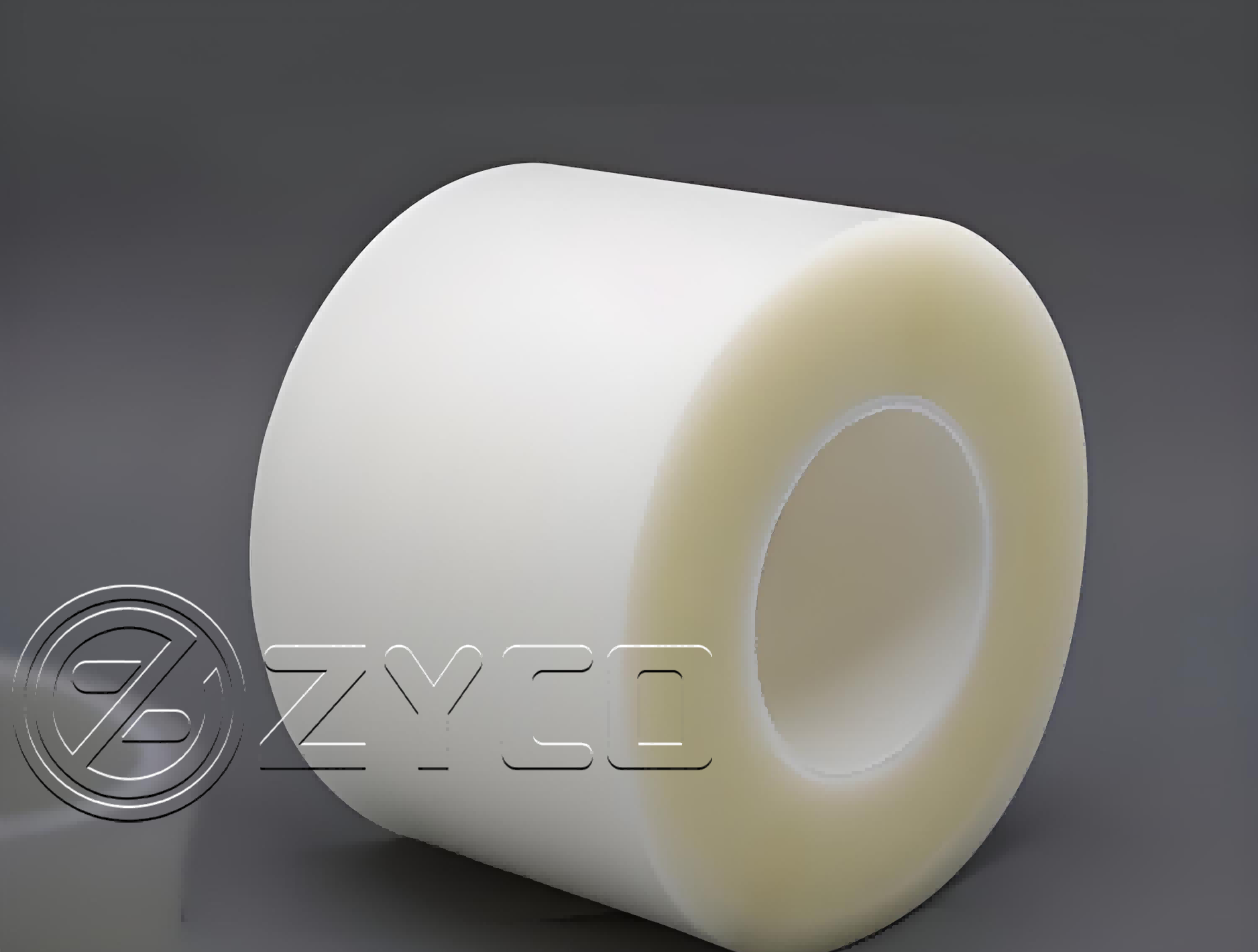In sheet metal processing, bending indentation is a common problem that affects the appearance quality and precision of the product, especially for products with high appearance requirements such as elevator panels and cabinet shells. ZYCO will systematically explain how to avoid indentation problems from four dimensions: mold selection, material protection, equipment debugging and process optimization.
Ⅰ. Root cause analysis: Causes of bending indentation
Direct contact of mold: friction and extrusion between the upper mold (convex mold) and the surface of the sheet when the upper mold (convex mold) presses down and the lower mold (concave mold) supports
Stress concentration: high stress is generated in the area near the bending line, causing slight deformation of the material
Impurity pressure: metal debris and dust on the surface of the mold or sheet are embedded in the material
Insufficient equipment rigidity: uneven pressure distribution caused by decreased machine accuracy or mold deformation.

Ⅱ. Core solution: Four-dimensional protection system
1. Optimization of bending machine mold - reduce contact from the root
Select special anti-indentation lower mold (key!)
Narrow shoulder design: reduce the contact area with the plate (standard mold vs anti-indentation mold contact area can be reduced by up to 60%)
High hardness/mirror polishing: It is recommended to use alloy steel with hardness ≥HRC 60 and mirror finish
Precisely match the upper mold R angle:
R angle ≥ 0.8 times the plate thickness (such as 1.5mm plate choose R1.2 or above)
Avoid stress concentration caused by sharp R angle
Scientific selection of V groove width:
| Plate thickness (mm) | Recommended V groove width (mm) | Maximum allowable deviation |
| 0.5-1.0 | 4-6 | ±0.2mm |
| 1.0-2.0 | 6-16 | ±0.3mm |
| 2.0-3.0 | 12-20 | ±0.5mm |
| 3.0-5.0 | 20-36 | ±0.8mm |
2. Application of mold material protective layer - physical isolation
Special protective film:
High viscosity PET film (0.1-0.15mm) is suitable for stainless steel and aluminum plates
Static film is used for spraying parts (to avoid residual glue)
Removable rubber pad/silicone strip:
Paste pressure-resistant silicone strip (thickness 0.3-0.8mm) at the bending line
The cost is higher than that of film but can be reused 5-8 times
Temporary coating:
Water-soluble anti-scratch wax (can be directly washed with water after processing)
Dry film lubricant (suitable for high-precision parts)
3. Equipment and mold maintenance - ensure basic conditions
Daily cleaning:
Clean the mold surface with non-woven fabric + anhydrous alcohol
Remove metal debris in the V groove with an air gun (must be done after each mold change)
Regular maintenance:
Check the mold flatness weekly (≤0.02mm/m)
Calibrate the equipment parallelism monthly (Y1/Y2 deviation ≤0.05mm)
Pressure control:
Calculate the required pressure according to the yield strength of the material (avoid excessive pressure)
Formula: P = (65 * t² * L) / V
(t = thickness, L = length, V = lower die opening)
4. Process parameter optimization - fine control
Reduce the pressure speed:
Ordinary carbon steel: 15-20mm/s
Aluminum/stainless steel: 8-12mm/s
Holding time control:
≤1.5mm thin plate: 0.5-1 second
≥2mm thick plate: 1-2 seconds (avoid excessive plastic deformation)

Ⅲ.Press brake (sheet metal bending) operation standard process
A[Preparation for start-up] --> B[Clean the mold and table]
B --> C[Select the anti-indentation lower mold]
C --> D[Apply the protective film/strip]
D --> E[Set parameters: pressure 90% speed 15mm/s]
E --> F[First trial fold]
F --> G[Detect indentation]
G --> H[Mass production]
G --> [Check the protective layer/increase the R angle/clear the mold]
H --> [Sampling every 50 pieces]
J --> [Replace the worn protective layer in time]

Ⅳ. Advanced skills: Special working condition processing
1. Mirror stainless steel processing:
Use transparent PU soft film (0.3mm) + silicone lower mold
Tear off the film immediately after bending to avoid aging of the adhesive layer
2. Pre-sprayed board protection:
Choose low-viscosity electrostatic film
Increase the bending R angle by 20% (reduce coating stretching)
3. Thick plate (>4mm) anti-indentation:
Special wide V-groove lower mold (V=10-12t)
Pre-attach 3M VHB tape buffer at the bending line
Ⅴ. Summary: Key control points
1. Mold optimization: Anti-indentation lower mold + reasonable R angle (ROI is usually recovered in 3-6 months)
2. Complete isolation: The coverage rate of protective film/strips must reach 100% (focus on checking the edges)
3. Continuous maintenance: Establish a mold cleaning record sheet (frequency: 2 times per shift)
"In sheet metal processing, perfect creases come from precise calculations rather than strong pressing. Every care for the mold and every consideration of the parameters injects seamless precision beauty into the product."
By implementing the above system solution, more than 90% of the bending indentation problems can be effectively eliminated, and the product qualification rate can be significantly improved (typical improvement cases show that the indentation defect rate can be reduced from 8% to less than 0.5%). It is recommended that enterprises establish a "Crease Prevention Operation Guide" and include it in the employee assessment system.
If you need an anti-indentation solution for a specific material (such as titanium alloy, copper plate), you can provide detailed parameters and ZYCO will help you further optimize it.
Leave your email address and requirements, our professional sales team will develop the most suitable solution for you.
Copyright © 2026 Nanjing Zyco Cnc Machinery Co., Ltd. All Rights Reserved.
 Network Supported
Network Supported